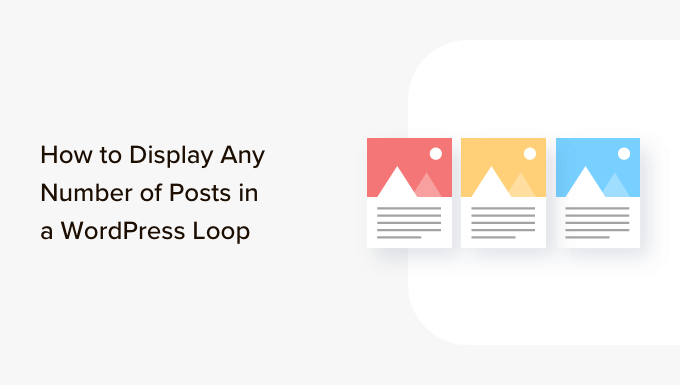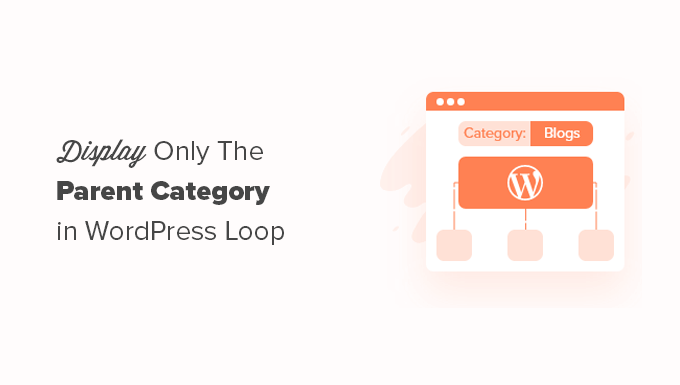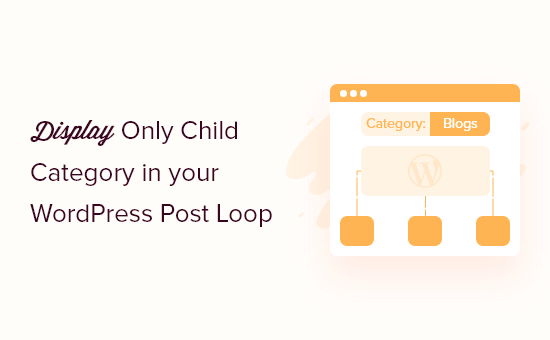Every now and then, we come across special requests from our readers about customizing their website. One of them was to show any number of posts in a loop. Since this feature isn’t available by default in WordPress, we created a custom code snippet for our users.
Using the loop, WordPress processes each of the posts to be displayed on the current page. It then formats them according to how they match specified criteria within the loop tags.
In this article, we will show how to display any number of posts in a WordPress loop.
What Is the WordPress Loop?
The loop is used by WordPress to display each of your posts. It is PHP code that’s used in a WordPress theme to show a list of posts on a web page. It is an important part of WordPress code and is at the core of most queries.
In a WordPress loop, there are different functions that run to display posts. However, developers can customize how each post is shown in the loop by changing the template tags.
For example, the base tags in a loop will show the title, date, and content of the post in a loop. You can add custom tags and display additional information like the category, excerpt, custom fields, author name, and more.
The WordPress loop also lets you control the number of blog posts that you show on each page. This can be helpful when designing an author’s template, as you can control the number of posts displayed in each loop.
That being said, let’s see how to add any number of posts to a WordPress loop.
Adding Any Number of Posts in a WordPress Loop
Normally, you can set the number of posts to be displayed in the loop from your WordPress admin panel.
Simply head to Settings » Reading from the WordPress dashboard. By default, WordPress will show 10 posts.
However, you can override that number by using a Super Loop, which will allow you to display any number of posts in that specific WordPress for loop.
This will allow you to customize the display settings of your pages, including author profiles, sidebars, and more.
First, you will need to open a template file where you would like to place the posts and then simply add this loop:



